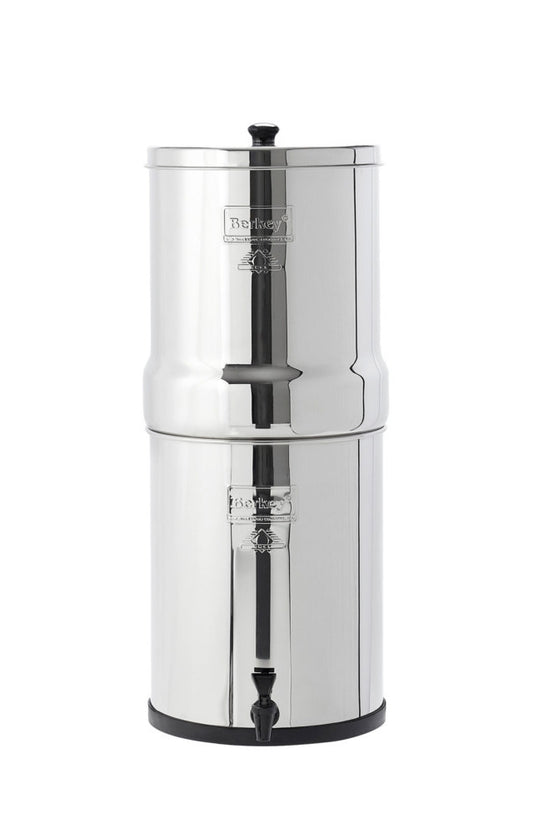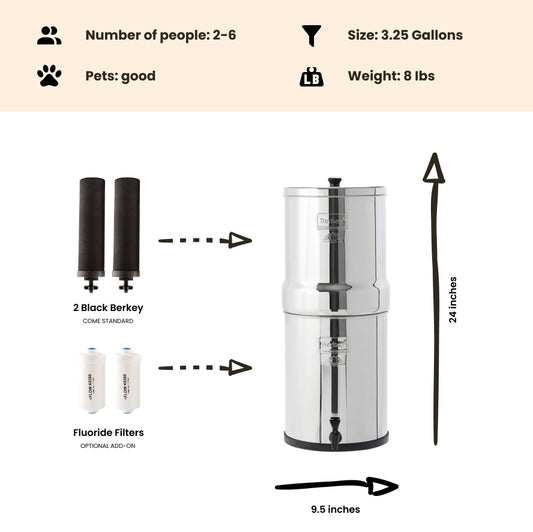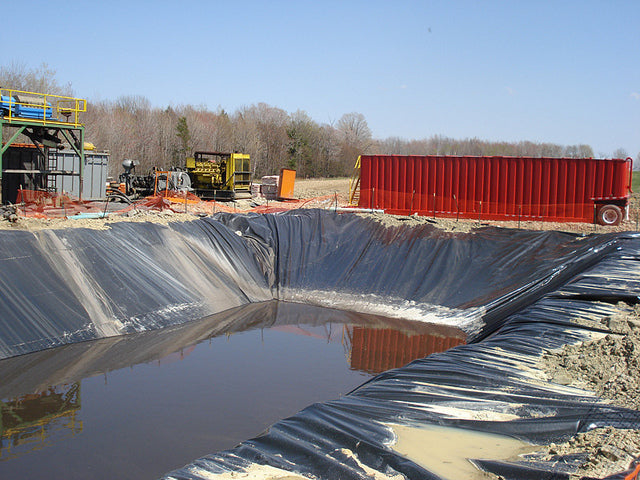
New Study Highlights the Hazards of Ingredients in Fracking Fluids
By Dan DeBaunShare
With the oil and gas industry rapidly expanding across the country, there is rising concern regarding the hydraulic fracturing process used to extract these natural resources from deep within the ground. Environmentalists and local residents are particularly concerned about the fluids used in the extraction process, and more specifically the contents that make up these fluids.
A new study that examines the contents of fracking fluids raises concerns regarding various ingredients contained within. The researchers who presented the results of their study at the 248th National Meeting & Exposition of the American Chemical Society (ACS) last week, found that of the approximately 200 compounds that are typically used in fracking fluids, we have very little knowledge of the potential health hazards of a third of these compounds, except that eight are known to be poisonous to mammals.
While hydraulic fracturing has led to a boom in the natural gas industry in the US, the process, which involves pumping a solution of water mixed with a wide variety of chemicals deep into underground rock formations to force the gas and oil out of the ground, is extremely controversial. Supporters of fracking say that it is the answer to our energy woes and provides employment opportunities, and consequently offers huge economical benefits. Those against fracking, are concerned about the environmental and health consequences associated with pumping vast amounts of chemically-laden fluids into the ground, with the biggest fear being contamination of drinking water resources, particularly contamination of groundwater in subterranean aquifers.
"The industrial side was saying, 'We're just using food additives, basically making ice cream here,'" says Stringfellow. "On the other side, there's talk about the injection of thousands of toxic chemicals. As scientists, we looked at the debate and asked, 'What's the real story?'"
The research team conducted an extensive search of reports and databases to draw up a list of substances that are commonly added to fracking fluids. These substances include gelling or thickening agents, biocides to prevent microbial growth, sand to force open tiny fissures within the rocks, and rust inhibiting chemical compounds to prevent corrosion of pipes.
Their analyses of this extensive list of ingredients reveals that both views are true to a certain extent -- but with some notable limitations. Fluids used in the fracking process do indeed contain many non-toxic and/or food-grade substances as the oil and gas industry proclaims, however, just because a substance is biodegradable or edible, it doesn't necessarily mean that it can be readily disposed.
"You can't take a truckload of ice cream and dump it down the storm drain," says Stringfellow, echoing the analogy used by the fracking industry. "Even ice cream manufacturers have to treat dairy wastes, which are natural and biodegradable. They must break them down rather than releasing them directly into the environment."
The researchers found that the majority of chemical ingredients will need to be treated before they can be released into the environment. And while the substances considered toxic were not as extensive as certain critics propose, the team identified eight ingredients, including biocides, which they consider to be of grave concern, as they are known to be especially poisonous to mammals.
"There are a number of chemicals, like corrosion inhibitors and biocides in particular, that are being used in reasonably high concentrations that potentially could have adverse effects," Stringfellow notes. "Biocides, for example, are designed to kill bacteria — it's not a benign material." Upon assessing the impact that fracking fluids are having on the environment, the researchers have determined that some ingredients are also toxic to aquatic organisms.
Furthermore, for approximately a third of the roughly 190 fracking substances listed, there is very little information available regarding their chemical and physical properties or toxicity -- information that should be included on a Material Safety Data Sheet (MSDS) of potentially hazardous compounds.
"It should be a priority to try to close that data gap," Stringfellow says.
-
Regular price From $302.00 USDRegular priceUnit price / per
-
Regular price $234.00 USDRegular priceUnit price / per
-
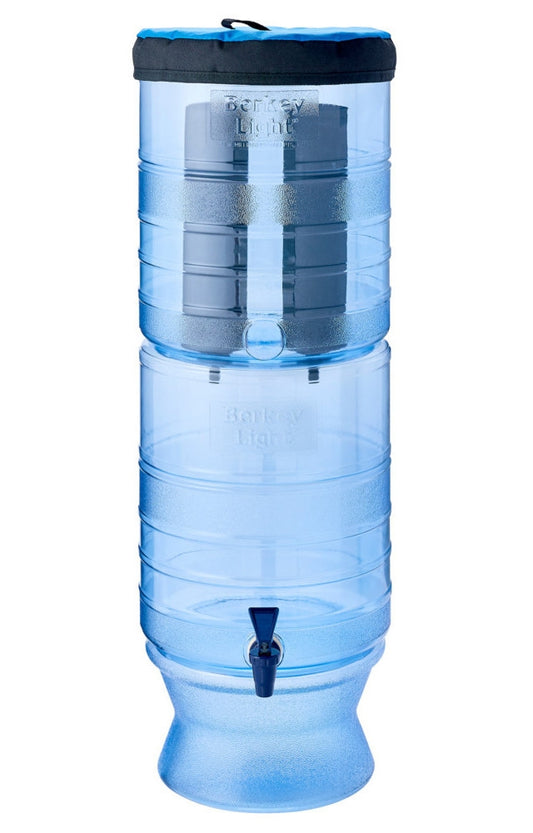
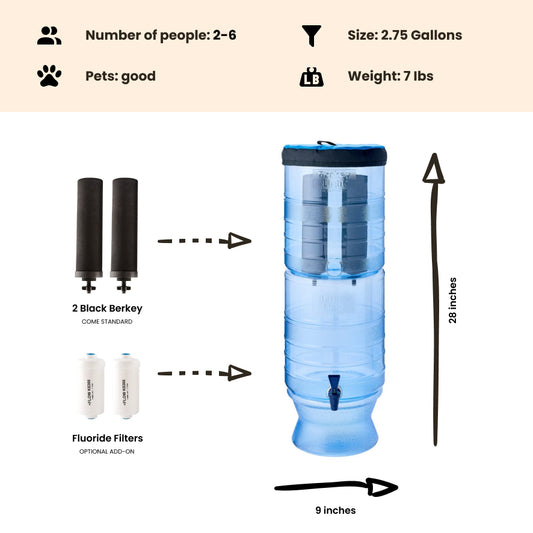 Sold outRegular price From $305.00 USDRegular priceUnit price / per
Sold outRegular price From $305.00 USDRegular priceUnit price / per -
Regular price $327.00 USDRegular priceUnit price / per
-
Regular price From $367.00 USDRegular priceUnit price / per
-
Regular price From $408.00 USDRegular priceUnit price / per
-
Regular price From $451.00 USDRegular priceUnit price / per

Dan DeBaun
Dan DeBaun is the owner and operator of Big Berkey Water Filters. Prior to Berkey, Dan was an asset manager for a major telecommunications company. He graduated from Rutgers with an undergraduate degree in industrial engineering, followed by an MBA in finance from Rutgers as well. Dan enjoys biohacking, exercising, meditation, beach life, and spending time with family and friends.
~ The Owner of Big Berkey Water Filters












